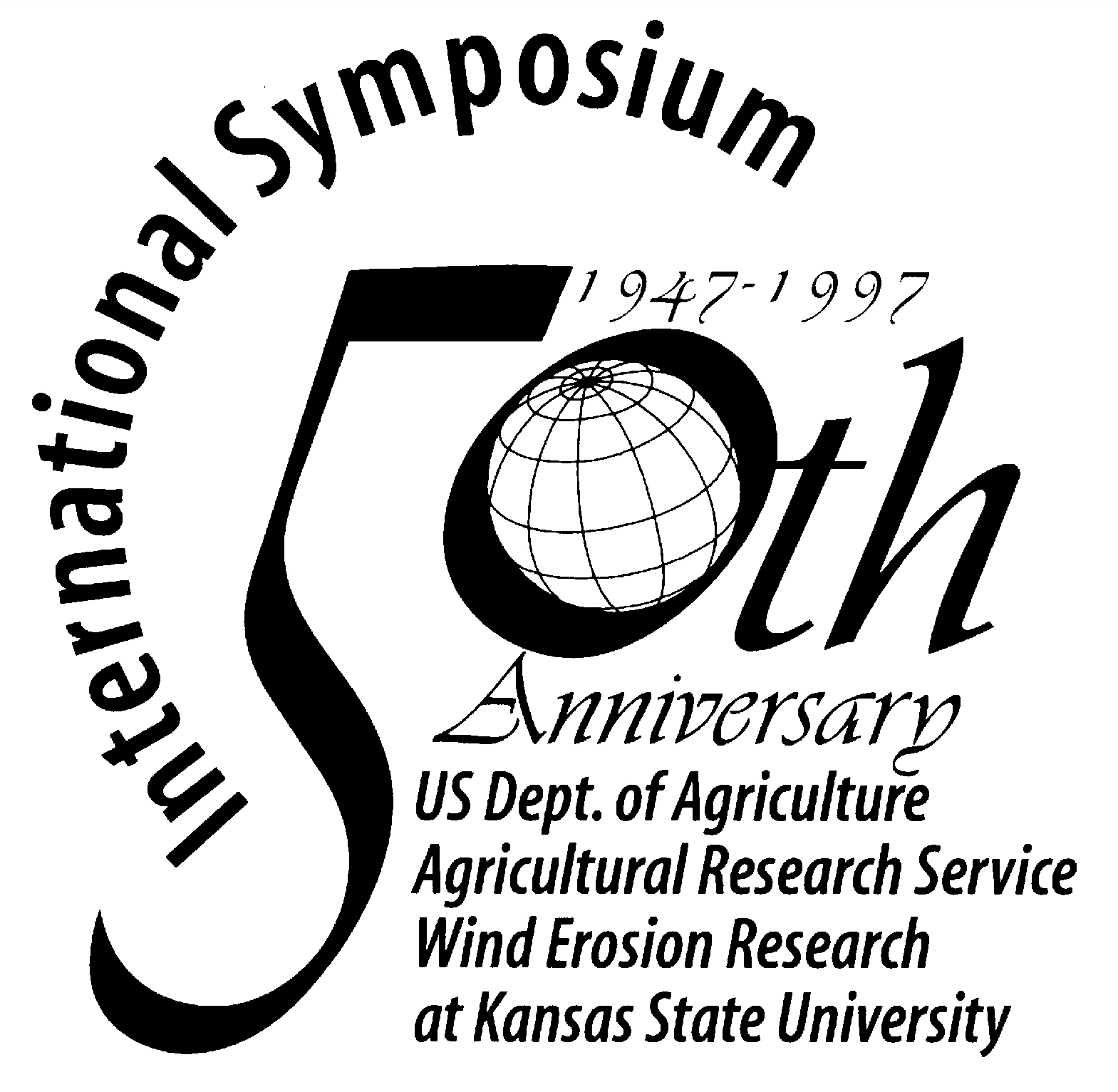Analysis of Wind Data Used for Predicting Soil Erosion
Larry D. Stetler and Keith E. Saxton
Abstract
Meteorological variables required to estimate soil loss from natural erosive wind
events were determined using data collected from 1993 through 1996 at three field sites on
the Columbia Plateau (USA). Continuous data collection occurred from May to December of
each year providing hourly averaged data during non-erosive periods increasing to minute
data during erosive periods. An erosive wind event was defined by sustained exceedence of
a threshold wind velocity at a 3.0 m height. Unfortunately, most commercial meteorological
data provide hourly averaged values and analyses of these data revealed a possible bias in
calculations of available wind energy. Analysis of wind energy, calculated using 1, 15 and
60 minute averaging periods, indicated that both 15 and 60 minute averages underestimated
the energy contained in the wind. Significant wind speed fluctuations (occurring on an
order of minutes and containing high energy) were lost within hourly averages resulting in
an average decrease in calculated wind energy of more than 30%. Improved correlation
between 1 and 60 minute wind energies existed when a significant number of minutes per
hour (>55) exceeded threshold velocity and decreased rapidly as larger portions of an
hour did not exceed threshold. When hourly average velocity was slightly above threshold
(with 15-20 minutes of the hour exceeding threshold) calculated energies varied by over
200%. Subsequent calculation of soil loss based on hourly averages would likewise be
underestimated. Additional analysis using a 15 minute averaging period indicated
significant improvement in the correlation of wind energy over the 60 minute averages and
were less than 30%. These analyses suggest a 15 minute resolution for acquisition of
meteorological data when such data is intended for estimation of soil loss from erosive
winds. When using hourly data, it should be realized significant errors for soil loss may
occur. |




